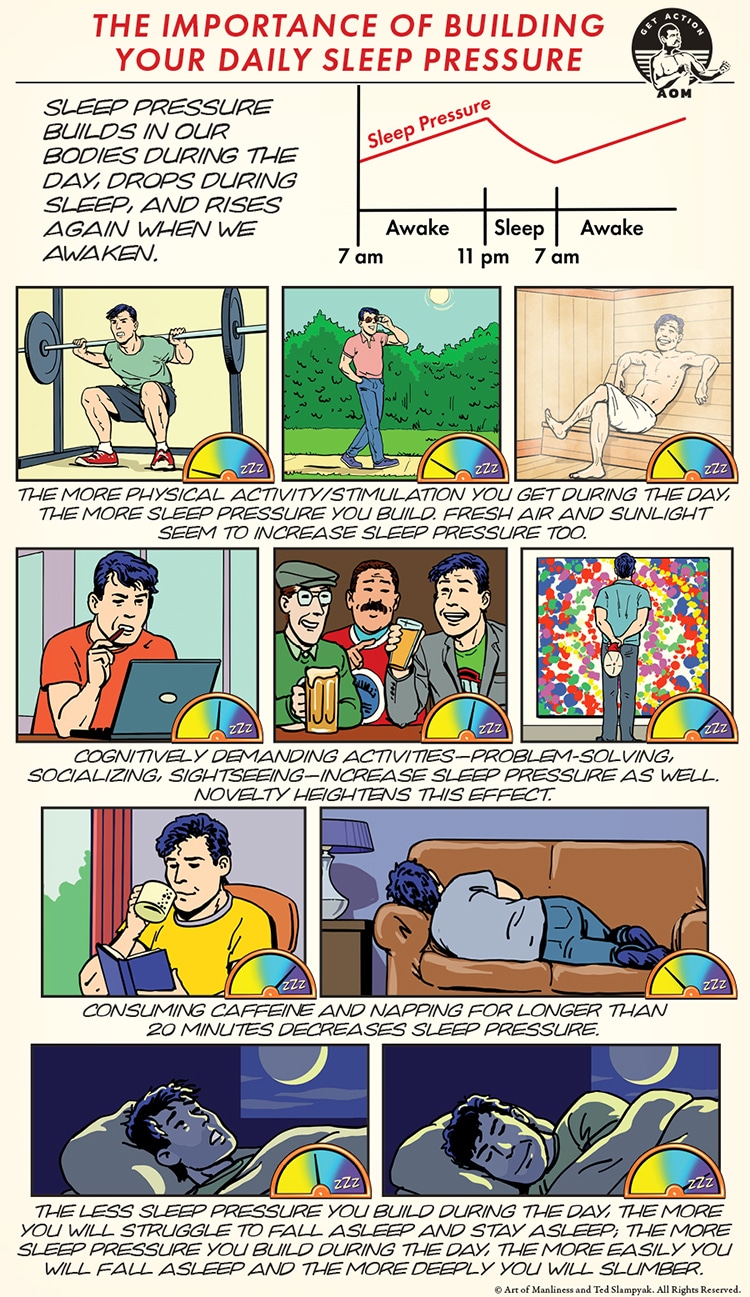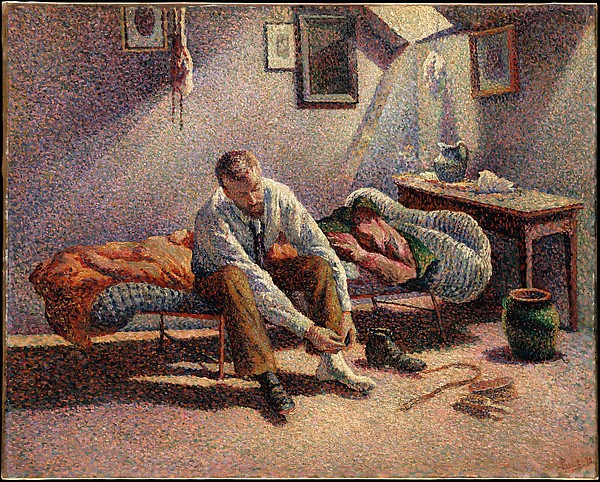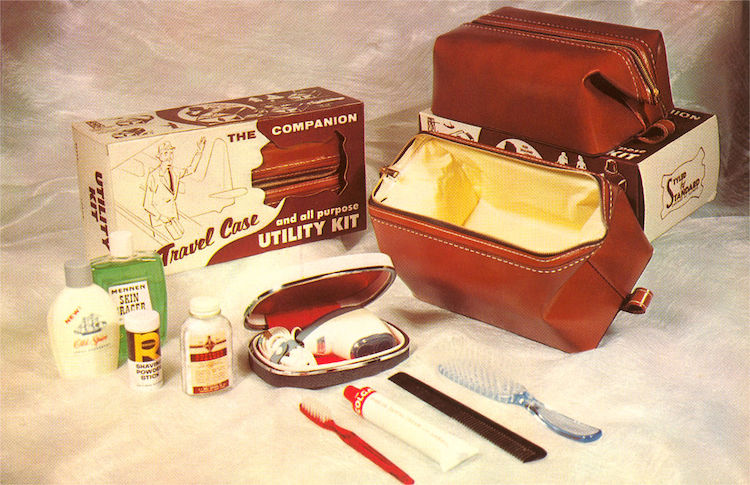
One of my favorite things about my recent interview with Kelly Starrett about essential health practices was that he reintroduced me to the concept of “sleep pressure.” I know I had heard the phrase before, but I hadn’t thought about it in years. Since our conversation, it’s been regularly on my mind and given me a great rubric for making decisions around my daily routine.
Sleep pressure, as the name implies, is the drive towards sleep that accumulates during the day. Interestingly, scientists aren’t entirely sure what creates sleep pressure, but it’s believed to be related to the creation of adenosine. This makes sense: adenosine is a chemical that helps regulate the sleep-wake cycle, and just like sleep pressure, it rises during the day and falls while you slumber. Adenosine is produced when cells consume energy. The more physical and mental activity you engage in during the day, the more adenosine is created, and the more tired you become.
You certainly don’t need a biology degree to understand the dynamics of sleep pressure; it’s a phenomenon you’ve experienced firsthand. Think back to times you hiked all day or spent hours swimming in the ocean; how did you sleep that night? Probably amazingly well because of the huge sleep pressure you’d built up. As I mentioned in my conversation with Kelly, I still remember the sleep I got while visiting Italy as the very best sleep of my life. Kate and I walked miles and miles and miles around Rome during the day, under the bright hot sun. When we’d get back to the hotel at night, we’d both fall asleep the instant our heads touched the pillow and stay in an utterly dead-to-the-world state of profound unconsciousness until morning. That’s the power of sleep pressure.
People often complain of trouble falling and staying asleep and seem uncertain as to why they experience these issues. But it’s usually not a great mystery: they spend most of their day indoors, sitting and sedentary. Little activity = little sleep pressure = poor sleep.
While few of us have schedules that will allow for doing hours of activity every day, all of us can incorporate a little more effort, sweat, and sunlight (fresh air and sun both seem to increase sleep pressure for some reason) into our daily routines. Move more. Spend more time walking. With the clients he’s worked with, Kelly has noticed that improvement in sleep begins to kick in once you start hitting just 6,000-8,000 steps a day. When he had special operators in the Army’s Delta Force add 12,000-15,000 steps on top of their usual day-to-day training, it effectively squashed their insomnia problems altogether.
What’s great about sleep pressure is that building it requires doing the kinds of practices that contribute to overall health but can be tempting to skip because the benefits are longer-term and less tangible. Better sleep is a visceral, short-term reward that’s easier to get motivated to work towards.
Sleep pressure is a simple concept, and once you absorb it, you’ll start looking for ways to increase it as you go about your day. We created the visual guide above to help get it ingrained in your head so that throughout your daily routine, you’ll be thinking about where your sleep pressure dial is sitting, make choices that move the needle in the right direction, and enjoy deep, restful sleep every night as a result.
For more tips on the health practices that will enhance your everyday vitality, listen to our podcast with Kelly Starrett:







